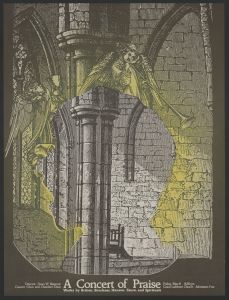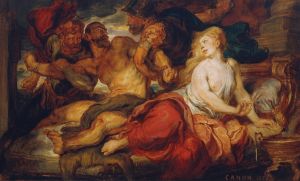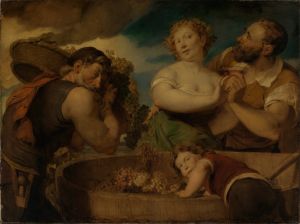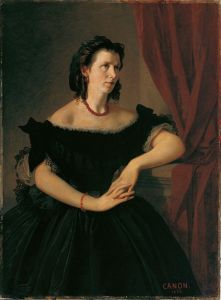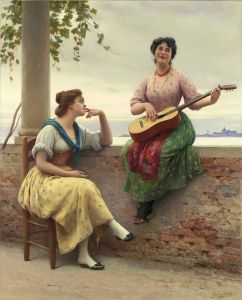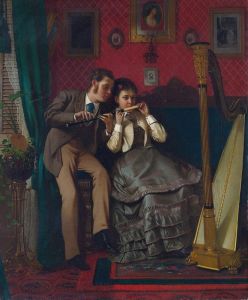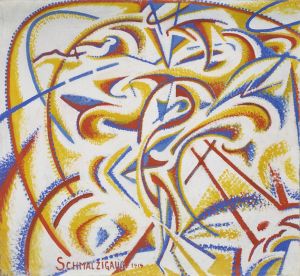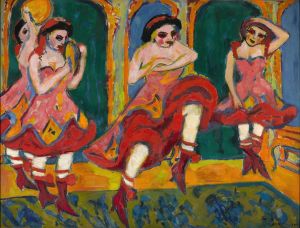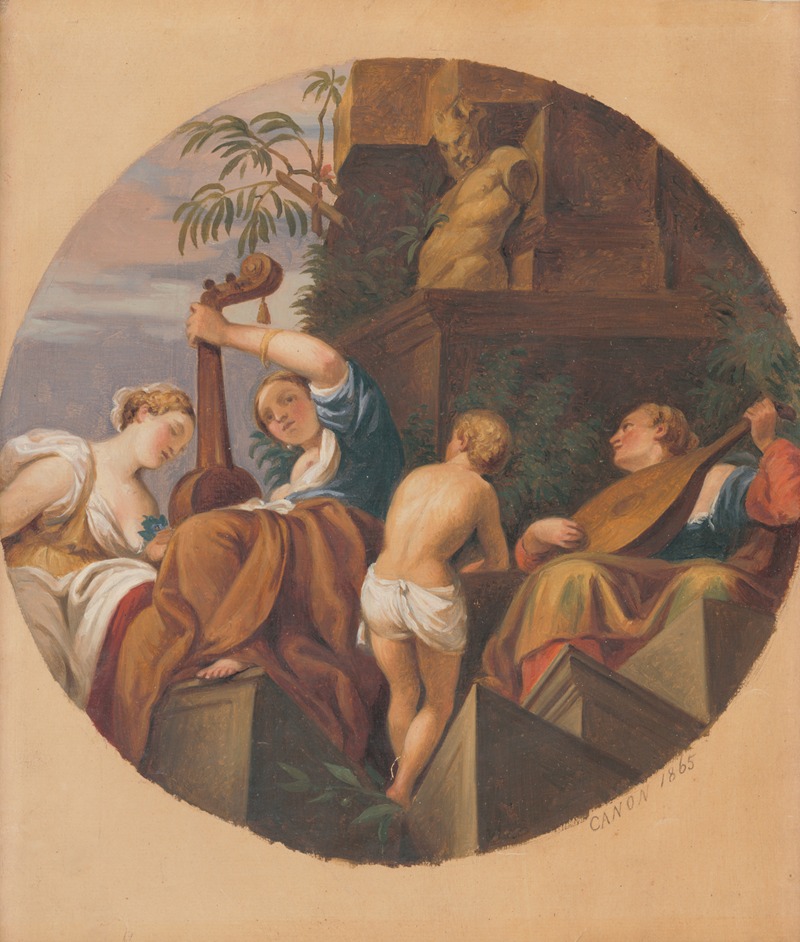
Allegory of music
A hand-painted replica of Hans Canon’s masterpiece Allegory of music, meticulously crafted by professional artists to capture the true essence of the original. Each piece is created with museum-quality canvas and rare mineral pigments, carefully painted by experienced artists with delicate brushstrokes and rich, layered colors to perfectly recreate the texture of the original artwork. Unlike machine-printed reproductions, this hand-painted version brings the painting to life, infused with the artist’s emotions and skill in every stroke. Whether for personal collection or home decoration, it instantly elevates the artistic atmosphere of any space.
Hans Canon, an Austrian painter known for his historical and allegorical works, created the painting "Allegory of Music." Canon, whose real name was Johann Baptist Strašiřipka, was born in 1829 in Vienna and became a prominent figure in the 19th-century Austrian art scene. His works often reflect a deep engagement with themes of mythology, history, and allegory, and "Allegory of Music" is no exception.
"Allegory of Music" is a notable example of Canon's ability to blend classical themes with a romantic style. The painting is an allegorical representation, which means it uses symbolic figures and imagery to convey deeper meanings related to music. Allegorical paintings like this one often aim to express abstract concepts through visual means, and Canon's work is a testament to this tradition.
In "Allegory of Music," Canon employs a rich palette and detailed composition to explore the theme of music as an art form. The painting likely features personifications of musical elements or figures from mythology associated with music, such as the Muses, who were considered the inspirational goddesses of literature, science, and the arts in Greek mythology. These figures are often depicted with musical instruments, such as lyres or flutes, which symbolize the harmony and creativity inherent in music.
Canon's technique in this painting reflects his academic training and his ability to capture the human form with precision and grace. His use of light and shadow, as well as his attention to detail, contribute to the overall impact of the work, drawing viewers into the allegorical narrative he presents. The painting's composition likely balances these figures in a way that guides the viewer's eye across the canvas, creating a dynamic yet harmonious scene.
Throughout his career, Hans Canon was known for his ability to infuse his works with a sense of drama and emotion, and "Allegory of Music" is no different. The painting not only celebrates music as an art form but also invites viewers to consider its role in human culture and expression. By using allegory, Canon connects the viewer to a broader cultural and historical context, encouraging reflection on the timeless nature of music and its impact on society.
While specific details about the painting's current location or provenance might not be widely documented, Hans Canon's "Allegory of Music" remains an important piece within his oeuvre, illustrating his mastery of allegorical subject matter and his contribution to 19th-century art. Canon's legacy as an artist is marked by his ability to convey complex themes through his paintings, and "Allegory of Music" stands as a testament to his skill and artistic vision.





